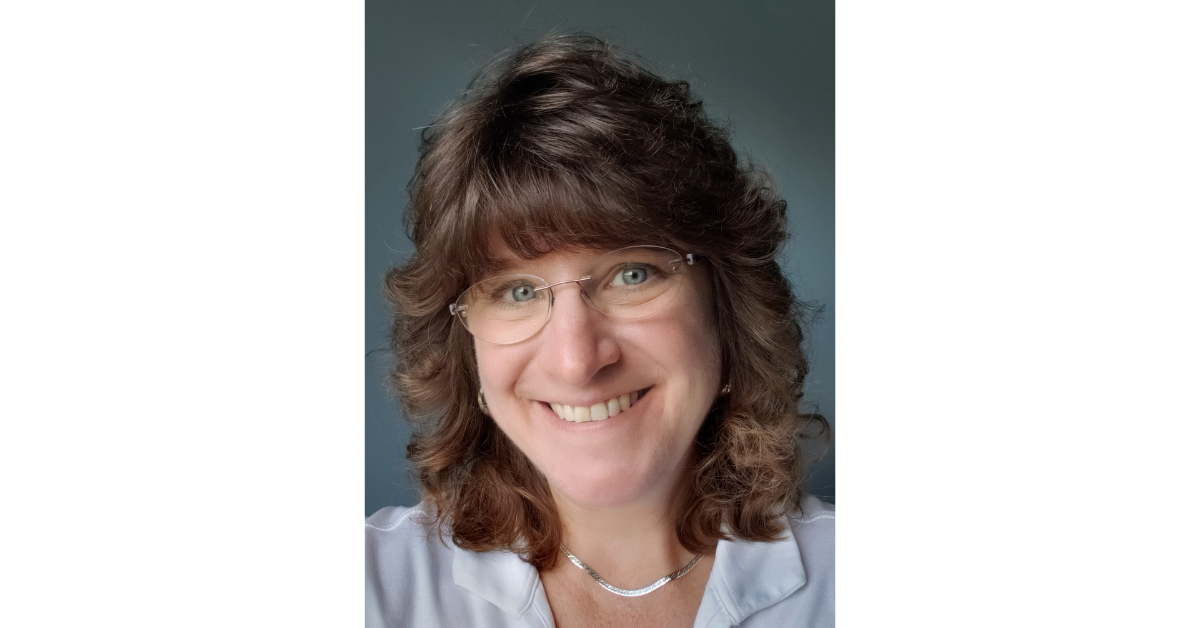The video conference for the course development kickoff starts. My SME (subject matter expert) and I exchange introductions and some background stories to establish the dialog before we settle into the big conversation: How will we design this course?
As an instructional designer I ask the SME to explain the course as they see it right now, or as they envision it coming to be. Depending on the SME, this is an engaging 20-minute adventure through purpose, key topics, context within a program and explanation of the cohort structure; or it’s the conversational extraction of Jenga pieces to compile key components that may form some foundations on which the course will be built.
For me, there’s always an outline that starts the story. It may not be as obvious for everyone, but as an instructional designer, I see every course as a single story within a larger book and I’m the storyteller. The SME knows the topic and shares some key concepts that I then weave into a discussion, assignment, reflection, or group activity, taking both the student and the instructor through the experience of learning. Contrary to popular belief, both student and instructor continue learning and refining knowledge and comprehension each time the course is delivered. Another advantage to this story composition approach is that building the content first enables better integration of the learning objectives (program and course level) that are defined prior to and outside of the course development. This kind of story outlining around pre-defined learning outcomes is called backward design or reverse instructional design.
This process of building a relationship through conversation also allows for more creativity and flexibility.
For example, the SME and I may begin with an outline of topics for each module and ideas for the tools to deliver each topic (assignment, observation, discussion, etc). Starting at the beginning, we will introduce the course and dive into discussions with students about what brought them to the course or their expectations as they prepare for a group activity involving some research and the development of presentation that their group will share with the class.
At this point, the SME may suddenly pause.
“The next topic doesn’t feel like a good transition,” they might say.
“OK,” I will reply. “Give me a minute to review the other topics of the course. How about moving Module 4 to Module 2? There is more alignment to Module 1’s introduction to the course and core focus but it makes a better launch pad to Module 3’s deep dive.”
“Yes! Yes, it does!” the SME will respond to my suggestion. “Let’s do that and change the assignment in Module 2 to be a reflection instead!”
Story-building conversations invite the SME to get creative about how the student learns while they are drawn in by the subject matter. When we get it right, suddenly there will be two students discussing a topic that inspires a third to write about the points mentioned in their reflection, or integrates that learning into an assignment.
Through building our relationship, the SME communicates knowledge and I design the structure using methods and tools I know will engage student learning. Through this conversation, I know the story of the course is well told.
Barbara-Jean (B.J.) Kennedy came into instructional design and training by way of marketing. After completing her undergraduate work, she began developing educational presentations on product lines and services for the Philadelphia Stock Exchange (now part of NASDAQ). She spent the next 10 years working as an instructional designer and trainer for technology-based programs and initiatives in a variety of organizations ranging from academic to corporate and from utility companies to government entities.
How I Design is a series of feature articles exploring the perspectives and methodologies of instructional design through the experiences of individual instructional designers.
TBG Staff
Latest posts by TBG Staff (see all)
- VLOG Supporting Neurodivergent Learners - February 6, 2025
- Revolutionizing Higher Education with AI - January 17, 2025
- Enhancing Education With Virtual Reality: A Hands-On Approach - October 30, 2024
